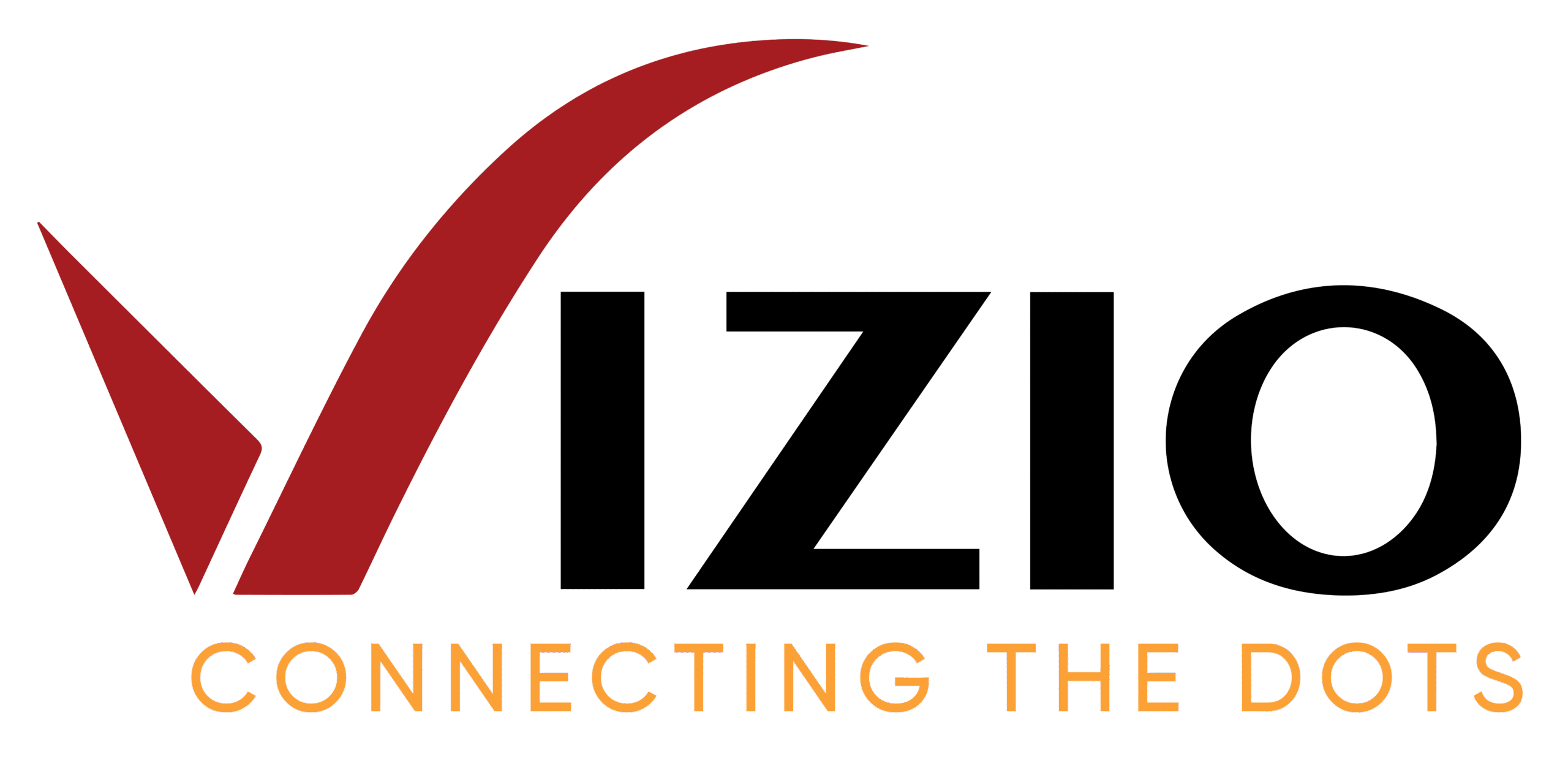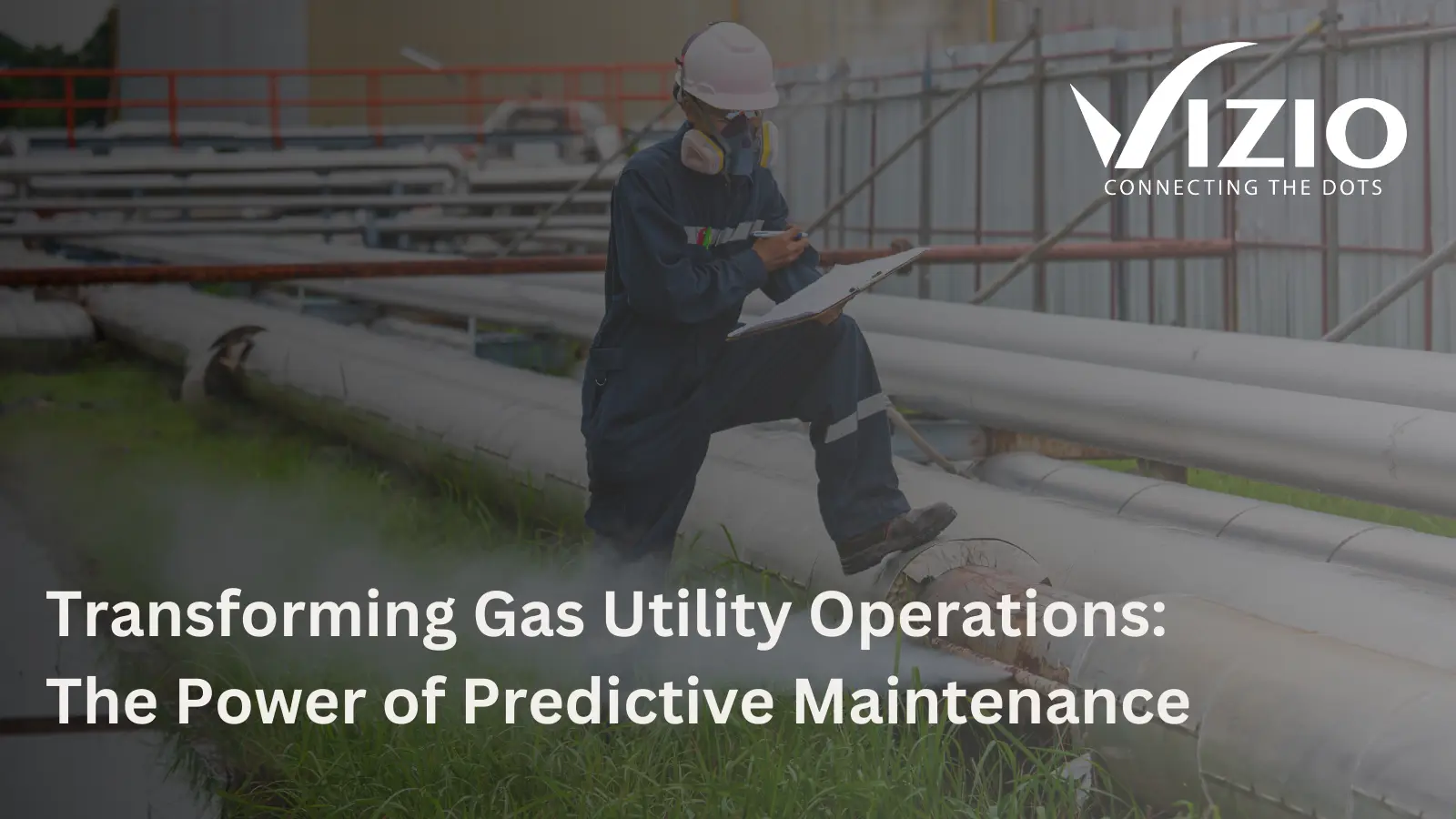The Hidden Costs of “Wait and See”
Gas utilities traditionally rely on time-based inspections and scheduled maintenance. But when equipment failure occurs between inspections, the impact can be serious – unplanned service interruptions, urgent repairs, safety risks, and even environmental damage. Scheduled maintenance can also lead to unnecessary downtime and inflated costs when equipment doesn’t actually need attention.
A Smarter Approach: Switching from Reactive to Predictive
Predictive maintenance (PdM) uses real-time data, sensors, and analytics to forecast equipment health and potential failures – so maintenance happens precisely when needed. Instead of reacting to breakdowns or following fixed schedules, utility operators can proactively address issues before they escalate. Benefits include:
- Reduced Unplanned Downtime: PdM lets you schedule maintenance during planned windows, avoiding service disruptions and costly emergency repairs.
- Better Cost Control: Maintenance is performed only when needed, cutting unnecessary work and extending equipment life.
- Higher Safety and Reliability: Early detection of faults helps prevent leaks and failures, enhancing safety and system resilience.
- Operational Efficiency: Continuous monitoring enables streamlined maintenance schedules and resource allocation.
Key Use Cases for Gas Utility Companies
While much of the predictive maintenance discourse centers on oil and gas broadly, many of the same applications are highly relevant for gas utilities:
1. Pipeline Monitoring
By using sensors to monitor pressure, flow, and temperature, utilities can detect anomalies and corrosion before they lead to failure. This proactive strategy protects integrity and reduces emergency fixes.
2. Compressor and Pump Health
Compressor stations and pumps are vital but failure-prone. Techniques like vibration analysis, infrared monitoring, and oil analytics can identify wear or impending issues early, preventing service interruption and expensive breakdowns.
3. Pressure Vessel & Tank Monitoring
Monitoring tank pressure, temperature, and ullage via IoT sensors allows for predictive detection of unsafe conditions—improving safety, environmental safeguards, and compliance.
4. Equipment in Remote or Critical Locations
In remote stations or harsh environments, PdM enables virtual monitoring—reducing the need for frequent site visits and allowing for timely intervention before equipment fails.
5. Plant or Station Performance Monitoring
IoT-enabled sensors across distribution points (e.g. at regulator stations, metering setups) can track anomalies in temperature, vibration, or flow—highlighting inefficiencies or failure risks in real-time.
The Strategic Impact on Gas Utilities
Optimize Maintenance Budgets
By shifting to condition-based maintenance, utilities can avoid waste on unnecessary checks while still preventing costly failures.
Extend Asset Lifespan
Detecting wear early—and only repairing when needed—extends equipment service life and maximizes ROI.
Minimize Safety and Environmental Risks
Timely detection of leaks, overheating, or pressure anomalies safeguards both the environment and communities.
Boost Operational Visibility
Integrating real-time monitoring with analytics gives teams actionable insight—turning raw data into smarter planning.
Build Regulatory Resilience
Accurate monitoring and maintenance scheduling help demonstrate prudent asset management and compliance readiness.
From Concept to Adoption: The Road Ahead
- Sensor and Data Infrastructure
Deploy IoT sensors (pressure, vibration, temperature), and integrate with central analytics systems. - Real-Time Analytics
Use machine learning or statistical models to flag anomalies and predict equipment degradation. - Workflow Integration
Connect predictive insights to your maintenance management systems for seamless work-order automation. - Start Small, Scale Smart
Pilot sensitive or high-risk assets first—refine your approach before wider rollout. - Upskill the Workforce
Train teams to interpret data outputs and integrate PdM into routine practice.
Final Thought
Predictive maintenance is not just a sophisticated technology—it’s a practical strategy for gas utilities to enhance safety, reliability, and cost-efficiency. By monitoring equipment health in real time and acting precisely when needed, utilities can leave behind guesswork and reactive fixes.

